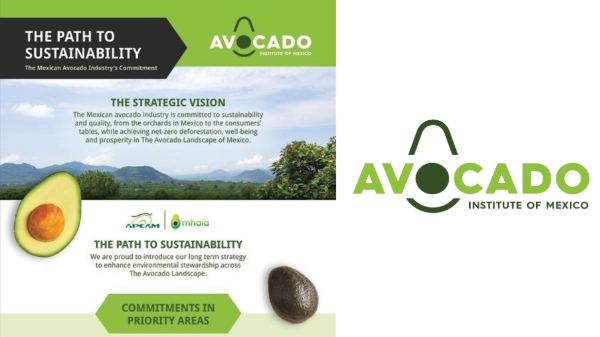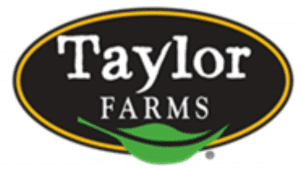Welcome to Blue Book!
Are you ready to join the thousands of companies who rely on Blue Book to drive smarter decisions? View our plans and get started today!
Still have questions? We’d love to show you what Blue Book can do for you. Drop us a line– we’ve been waiting for you.

Numerous students enter the college with previous agricultural experience from working on family farms or spending summers harvesting crops, many with parents who are migrant workers. Levi considers the college distinctive for its large population of first-generation college students.
The Agricultural Business department appeals to students seeking careers in the sciences, management, unique finance and banking services, government, logistics, and careers that allow them to work outdoors or in fast-paced sales environments. Some students also go on to pursue master’s degrees in agribusiness or agricultural economics.
“Once in a while we get lucky and have a Ph.D.-bound student in Ag Econ,” says Levi. She believes approximately 10 percent of graduates go on to graduate school. She cites coursework in calculus (and more calculus!), linear algebra, and operations research as important preparation.
Levi, like Cook, stresses the importance of a strong grounding in STEM fields for agriculture students. And although the department has responded to employer needs in recent years by placing more emphasis on student internships, Levi recognizes areas for further improvement: for example, providing more instruction on the regulatory environment and on presentation and communication skills.
As a response to further globalization, the department now requires students to take an International Agricultural Eco-nomics course. There are also two-week study abroad electives in China and Chile so students can learn about the food system, agricultural production, and trade in each country.
The department plans to add a third such course in South Korea and is working to develop a service learning course in India for 2016.
Levi says the college has discussed creating a certificate program for working professionals, which she believes “can be a good way to solve some bottlenecks for the industry in terms of moving people ahead without having to get a four-year degree and all the general education courses.”
In the years ahead, she anticipates more online and distance education access, further industry interaction, more mentorships to find talent and groom future employees, and what she characterizes as ‘streamlined internship opportunities.’ She cautions, however, that with a projected decrease in state funding over the next decade, JCAST will need to rely more heavily on industry-supported endowments for its programs.
California State Polytechnic University, Pomona
Like Fresno State, California State Polytechnic University, Pomona (Cal Poly Pomona) has seen a dramatic increase in ag enrollment over the last decade, up to 1,800 students from 1,000 in 2002.








